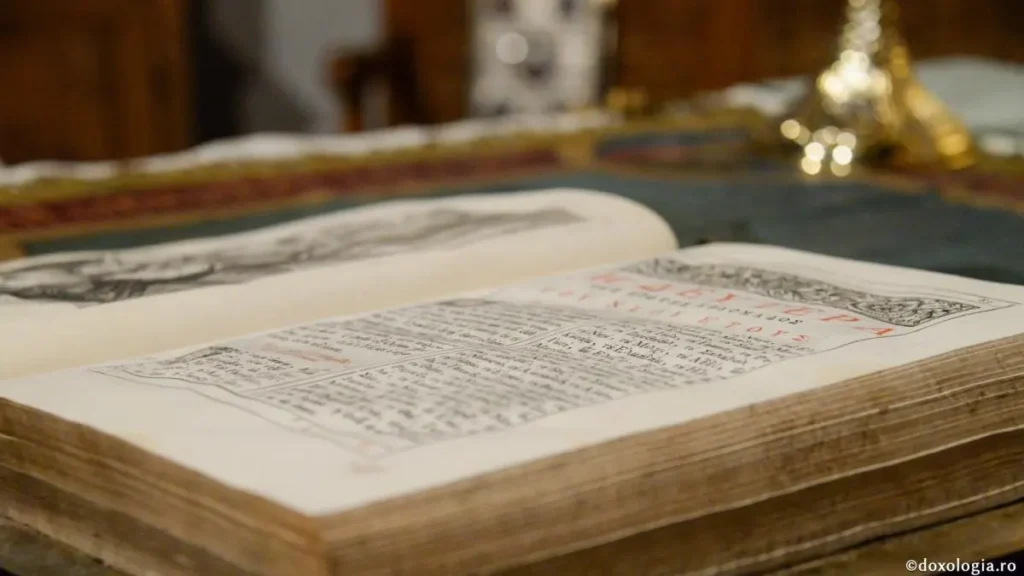Agerpres reports that the Plant Genetic Resources Bank (BRGV) in Buzău has acclimatised a Mediterranean plant, Cistus ladanifer, also known as the gum rockrose, from which one of the essential oils used in preparing the Holy Chrism is extracted.
“We were afraid that the winter frost might affect it, but no, it adapted very well. No diseases or pests were detected, and we hope to be able to produce seeds easily because, for now, we are propagating it vegetatively,” explained Father Costel Vânătoru, PhD in horticulture and director of BRGV Buzău.
“It is a decorative plant because it maintains its green foliage even in winter. A shrub that can reach up to 2 – 2.5 meters; our plants have reached up to 1.5 meters; they are still young,” continued the institution’s director, an associate member of the Romanian Academy of Agricultural and Forestry Sciences.
Uses of the rockrose
“It can be used in parks as a living fence. It is a plant used in the cosmetics industry and even in the medical industry. It has been known since antiquity for treating burns and stomach ailments,” added Father Costel Vânătoru.
“In the future, through breeding work, we may obtain a variety with distinct expressiveness for the homologation and standardization of a Romanian variety. By acclimatizing it, we have enriched the Romanian plant heritage with another cultivable species.”
“When it’s warm, the plants secrete this sticky resin, and a pleasant aroma can be felt from great distances, even 100 meters away. It is a valuable companion plant. Generally, plants suffer a lot from diseases and pests, and chemical substances are used to combat them. Still, this plant has special virtues in protecting other cultivated plants,” Fr. Dr. Eng. Costel Vânătoru explained to Agerpres.
The researcher also mentioned that flour can be obtained from the seeds for the food industry. The perfume industry also uses the absolute extract of cistus (labdanum). In antiquity, it was a key ingredient in the composition of the oldest perfume, Kyphi, which the Egyptians called “Tears of the goddess Osiris.”
Sacred plant
“Surely, we can talk about it as a sacred plant because it is appreciated from a cultic and ecclesiastical point of view. It is the plant used in the Holy Chrism, used in Anointing, at Baptism,” added the horticulturist, a cleric of the Romanian Orthodox Church.
“In manufacturing the Holy and Great Chrism, we use natural essential oils prepared from plants grown in their area of origin,” declared Protosyncellus Onufrie Cotos from Radu Vodă Monastery, a pharmacy graduate who was involved in the most recent preparation of the Holy Chrism in the Romanian Orthodox Church.
The protosyncellus said, “In general, acclimatized plants do not have the properties of plants growing in their area of origin.”
The plant, which blooms only once a year, has over 180 morphotypes depending on its area of origin, from North Africa to the Iberian Peninsula or southern France. It is endemic to Morocco, Algeria, and southern Spain—Malaga province.
About the Holy Chrism
The Holy Chrism is prepared from essential oils from dozens of plants and can only be sanctified by the Primate of an autocephalous Orthodox Church. It is prepared in the first three days of Holy Week, and the consecration is performed at the Holy Thursday Liturgy.
Patriarch Daniel explained in a dedicated study that the Holy Chrism signifies the sharing of the gifts of the Holy Spirit in the Church.
Recalling Christ’s Anointing in Bethany by the sinful woman, His Beatitude recalled that “Jesus Himself gave an unexpected meaning to the gesture of appreciation and respect of the woman who anointed His head and feet with myrrh, saying: ‘In pouring this ointment on my body, she has done it to prepare me for burial.’ (Matthew 26:12).”
“It is possible that the Holy Fathers who established the time of the consecration of the Holy Chrism on Thursday of Holy Week, between the resurrection of Lazarus from Bethany and the Resurrection of Christ, understood the connection between these two events, precisely starting from the oil of great price used for the anointing of Jesus’ Body before His burial, because, through His Saving Sacrifice, Death, and Resurrection, Jesus showed that He is the Christ or the Anointed One of God, the High Priest, and eternal King,” Patriarch Daniel noted.
“Such an understanding of the Holy Chrism is reached, especially if the multiple and rich spiritual meanings of oil (oleum) and anointing in the Holy Scripture are well known.”
Photo: Wikimedia Commons / Alvesgaspar
Follow us on X.com: @BasilicaNews






